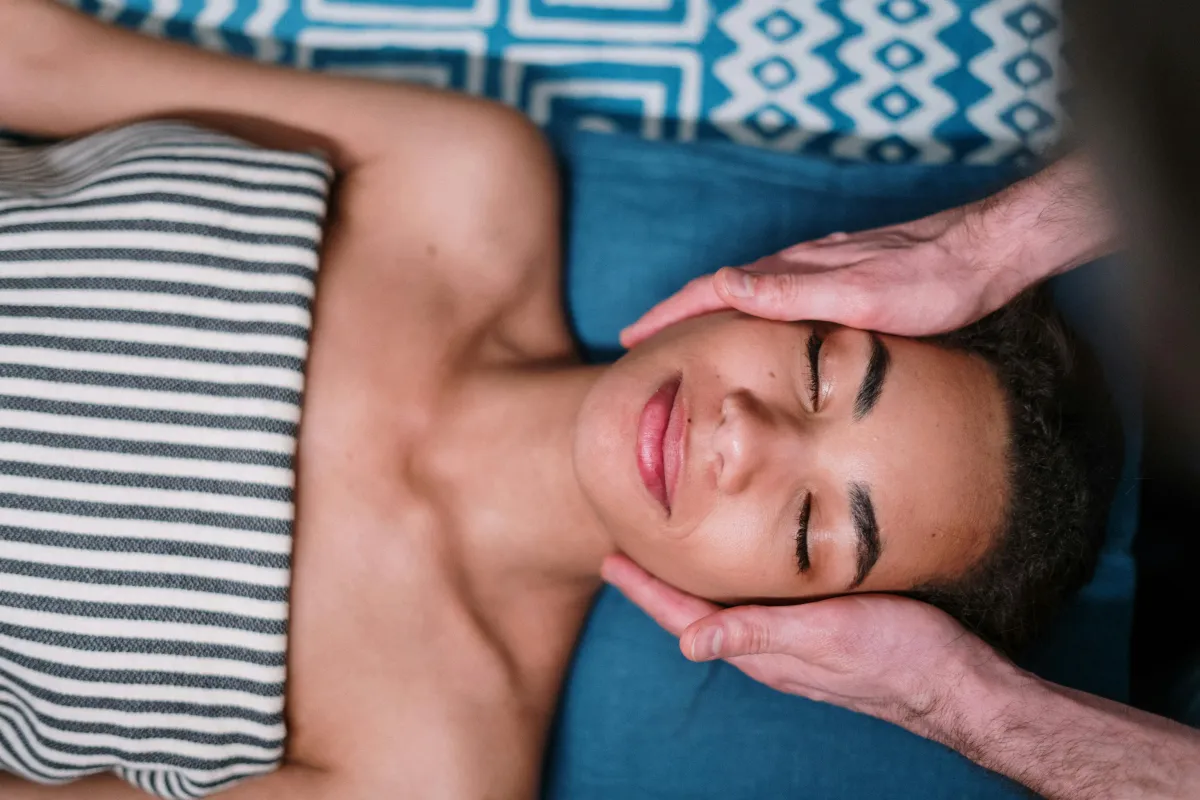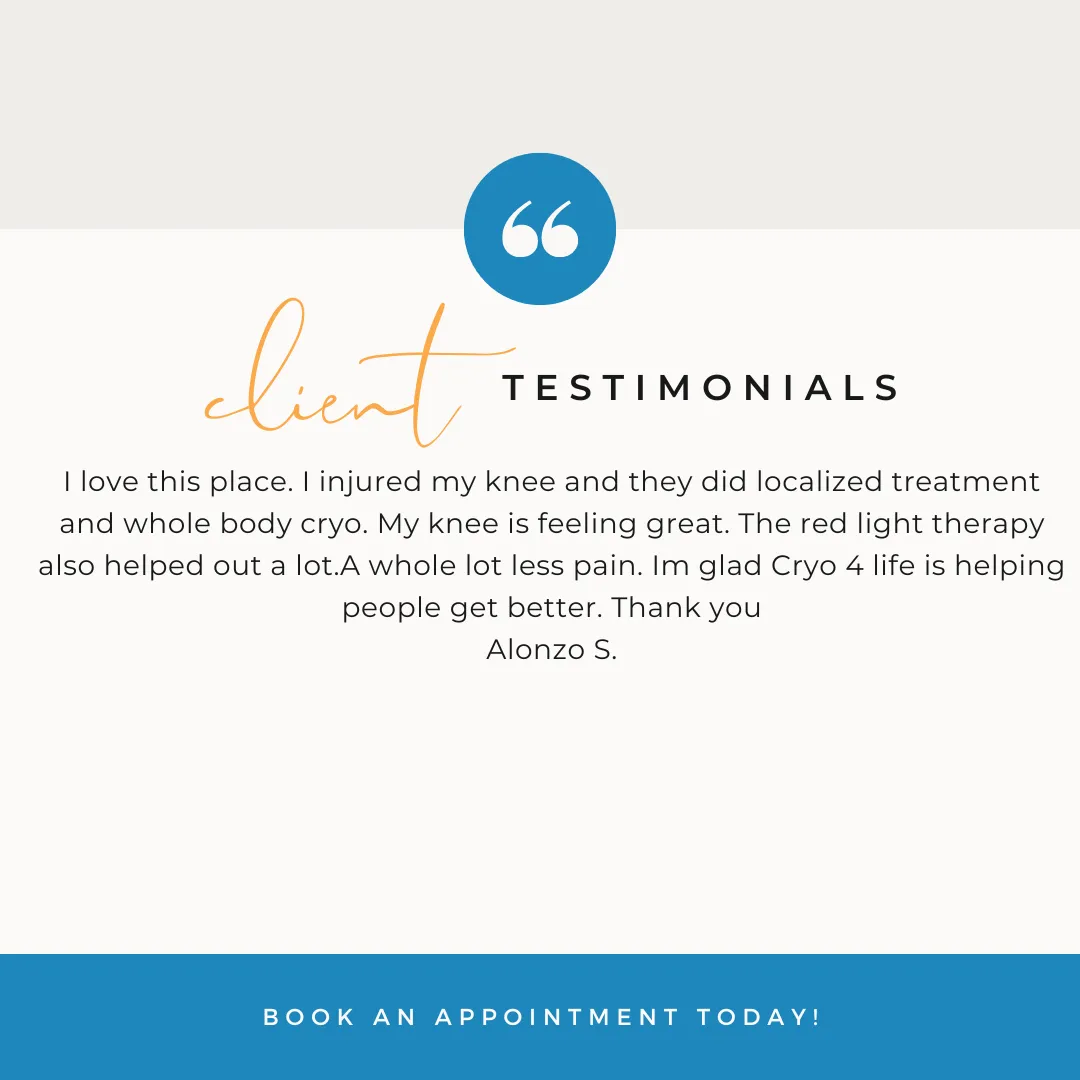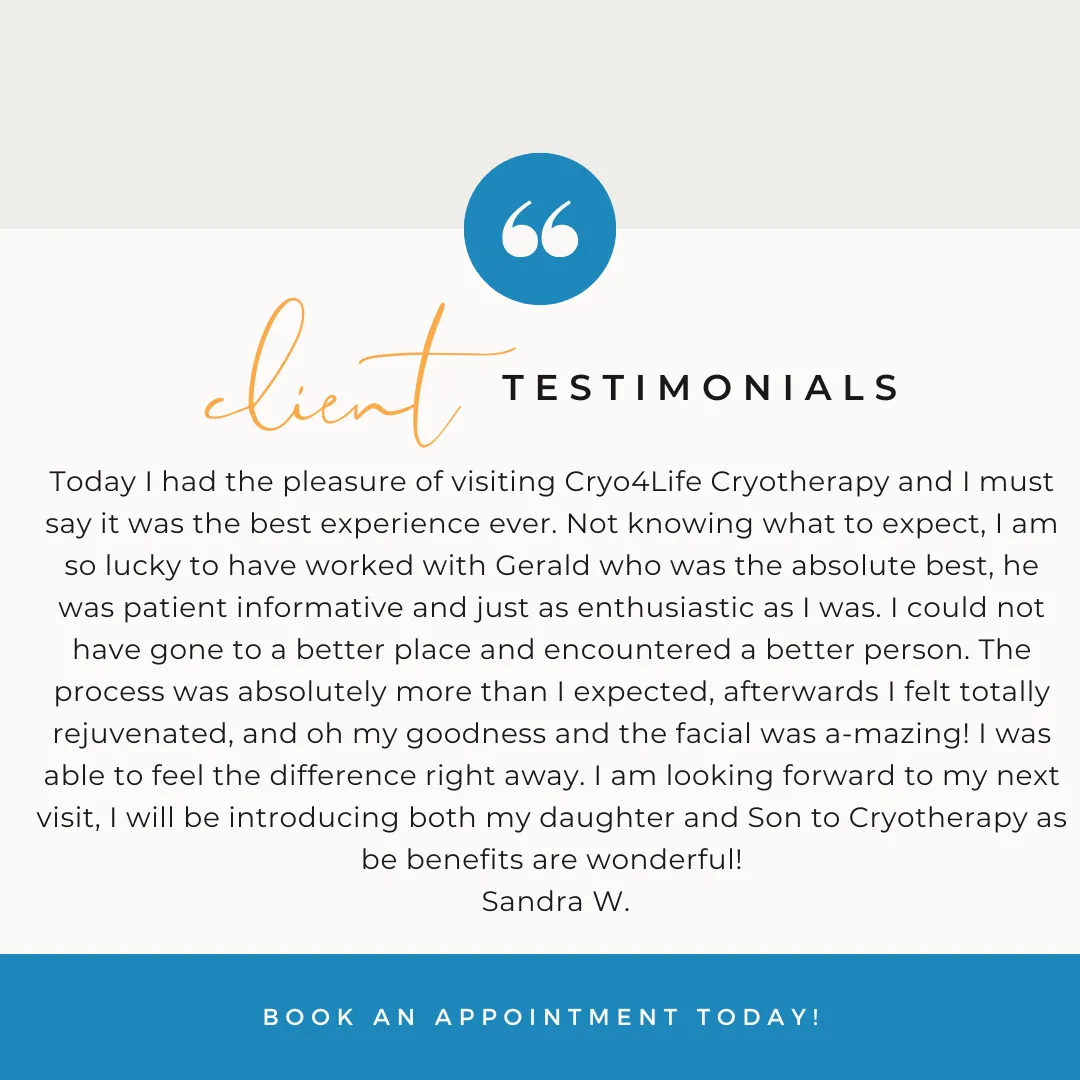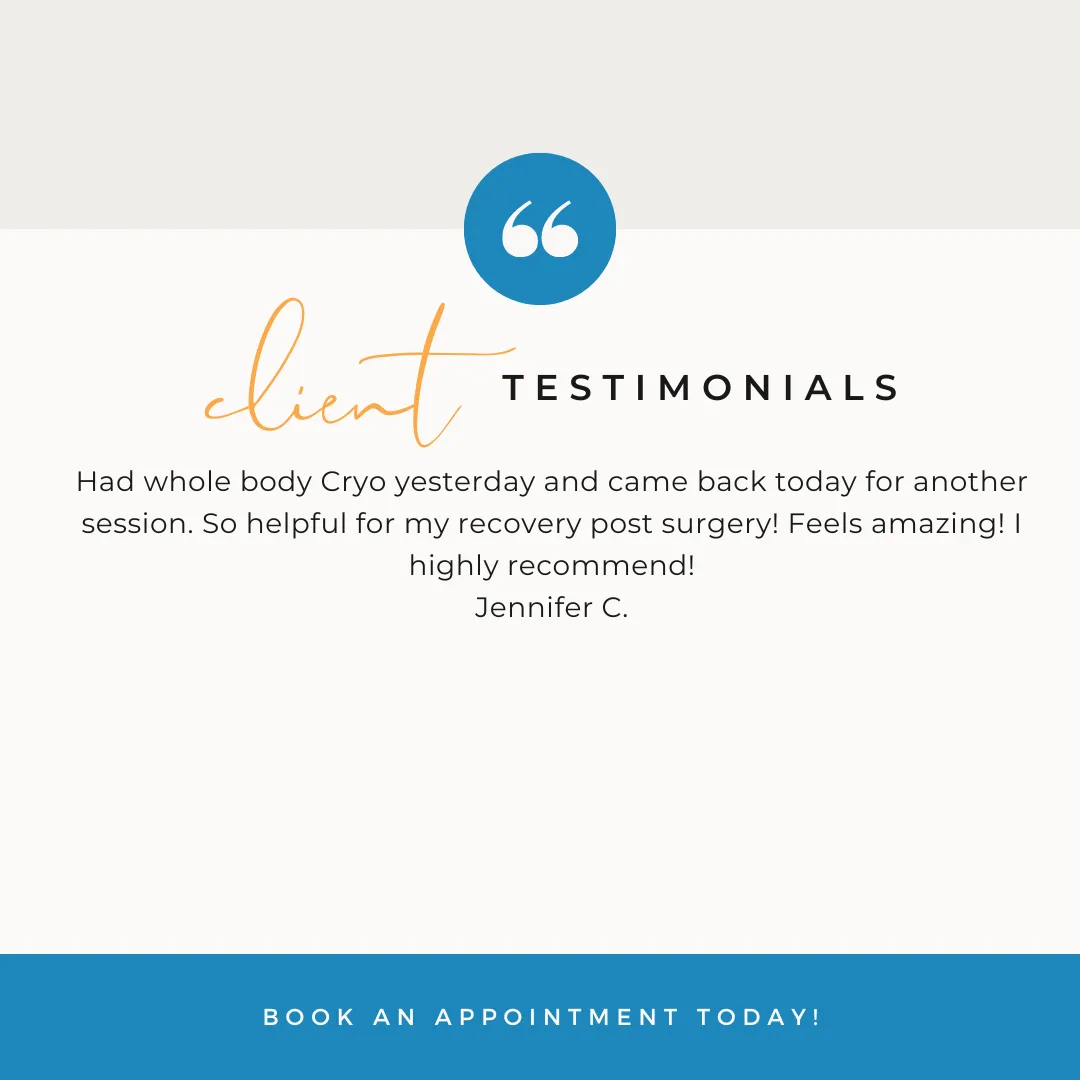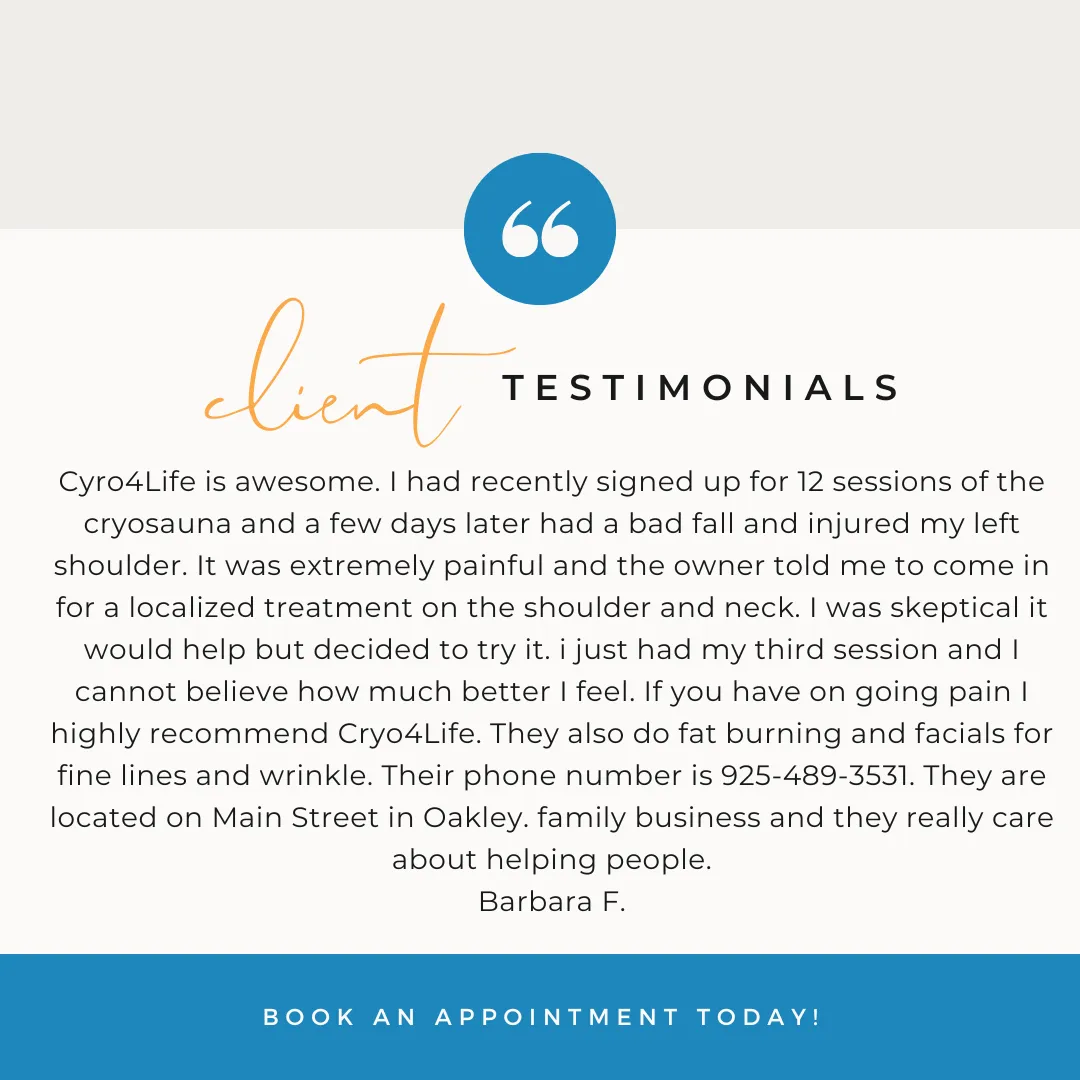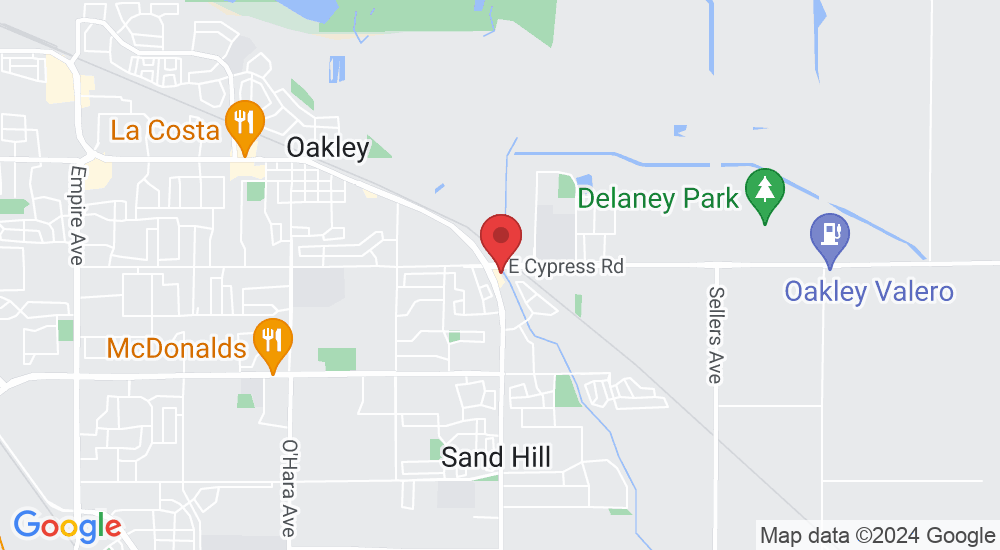Serving: Oakley, CA and Surrounding Areas
Mon-Fri: 9am-6pm Sat: 9am-2pm Sun: By Appointment Only
Financing Available
Sometimes we need a little help to look our best...not only do we offer those services, but we also offer financing as well!
We feel that everyone should be able to look and feel their best and here is another way we can help!
Treat Yourself and Rejuvenate Your Body & Soul
Cryoslimming is a revolutionary technique that has gained popularity in recent years for its ability to help people achieve their body goals without invasive surgery or harsh chemicals.
One of the main physical benefits of Cryoslimming is the reduction of stubborn fat in targeted areas. Whether you're struggling with love handles, muffin tops, or pesky belly fat, Cryoslimming can help. By freezing and eliminating fat cells, Cryoslimming allows you to achieve a more contoured body shape without surgery.
Another physical benefit of Cryoslimming is its ability to tighten and tone the skin. As the fat cells are eliminated, the skin in the treated area becomes smoother and firmer. This not only enhances your physique but also boosts your confidence.
Psychological Benefits
In addition to the physical advantages, Cryoslimming also offers numerous psychological benefits. Shedding stubborn fat and achieving a more contoured body can greatly boost your self-esteem and body confidence. When you feel good about your appearance, it positively impacts other areas of your life, such as relationships, career, and overall well-being.
Financing Available
Sometimes we need a little help to look our best...not only do we offer those services, but we also offer financing as well!
We feel that everyone should be able to look and feel their best and here is another way we can help!
Why Cryo4Life

Holistic Approach
At Cryo4LIfe, we believe that using a holistic approach is key to focusing on you as a person. We use treatments that help nourish your body and soul!

Customized Treatment Plans
Every treatment plan is based solely around you! Every person is different and we want to come alongside of where you are!

Effective Treatments
Our treatments are effective and safe! Our top priority is making you feel comfortable and secure that we are here to walk with you on this journey!

Trained Professionals
We are trained professionals who are dedicated to providing excellent levels of service and care!
Email: [email protected]
Address
Office: 4522 Main Street
Oakley, CA 94561
Assistance Hours
Mon – Fri 9:00am – 6:00pm
Saturday 9:00am – 2:00pm
Sunday – By Appointment Only
Phone Number:



